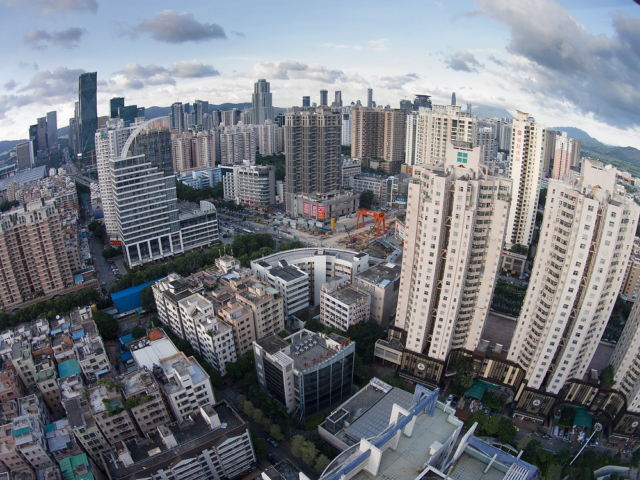Why would a person spend half his life guarding a small island? When did China’s first generation of DJs begin to emerge? How can one man’s mobile application change the way people read?
A special series featuring 30 people from around China will bring to light the extraordinary transformation China has undergone over the last 65 years. Our first segment is New Cities. From village to city, hear the story of one Shenzhen villager who witnessed the changes.
“In the 1950s, the people’s way of life was just as farmers,” 65-year-old Zhuang Tiefeng explained, standing on a roof pointing to areas of land now occupied by large city buildings.
“After the opening up and reforms, Shuiwei village had experienced huge changes. The old way of farming gave way to new industry and business and we were given city IDs.”
In 1979, Shuiwei was incorporated into the new city of Shenzhen as part of a government drive to establish special economic zones around China.
Shenzhen now houses a population of over 10 million people and is widely considered one of the world’s fastest growing cities. Much of its success has come from foreign and domestic investments into new manufacturing plants.
Special economic zones were established in three other cities- Shantou, Zhuhai, Xiamen as well as the whole island of Hainan following the 3rd plenary session of the 11th CPC Central Committee in 1978.
It was a move that started a boom in foreign investment into China and the rapid growth of coastal cities.
For Zhuang Tiefeng, who grew up in Shuiwei in a simple farming community, not all the changes have been positive. “The disadvantage is the young teenagers have a comfortable life and lack strong ambition. Their lives may be too comfortable.”
But when looking to the future, Zhuang is optimistic, “new technology and high speed trains will connect us better to the rest of China and the world. I don’t like to guess the future but I feel it is bright.”

 CGTN America
CGTN America




